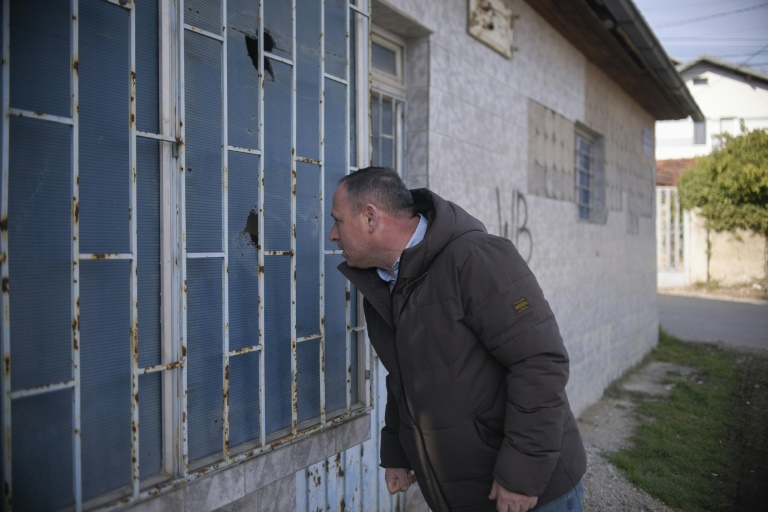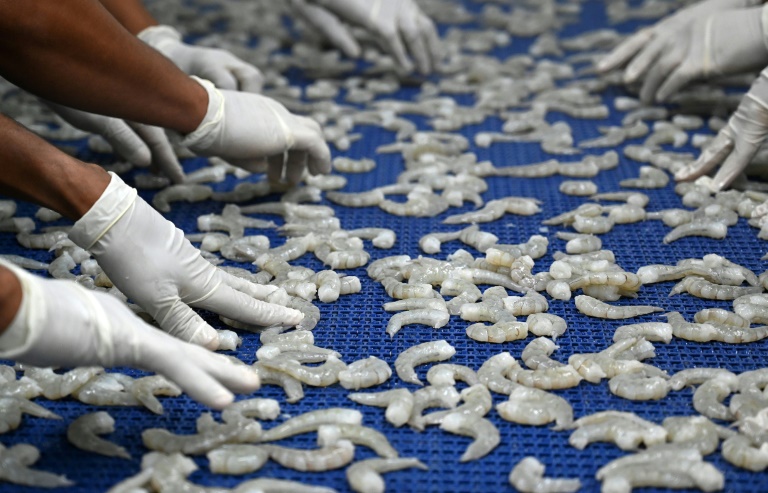Reuters
The U.S. economy likely continued to churn out jobs at a brisk clip in March even though the labor market is losing its luster as Federal Reserve interest rate hikes dampen demand.
The Labor Department’s closely watched employment report on Friday, which is also expected to show the unemployment rate unchanged at 3.6% and moderate wage gains last month, is likely to be welcomed by officials at the U.S. central bank as they contemplate whether to halt their fastest rate hiking cycle since the 1980s. The report will be published at 8:30 a.m. EDT (1230 GMT) on a day when most financial markets are closed for the Good Friday holiday.
As with most recent economic data, it would be too early for financial market stress, triggered by the failure of two U.S. regional banks in March, to show up in the employment report.
“We’re still looking at numbers that are still pretty strong,” said Sarah House, a senior economist at Wells Fargo in Charlotte, North Carolina. “We’re still dealing with tremendous inflation. The Fed will likely hike again in May, but we’re expecting that to be the last increase of this cycle.”
Nonfarm payrolls likely increased by 239,000 last month, according to a Reuters survey of economists. Though that would be the smallest gain since December 2020, employment growth would still be more than double the 100,000 jobs per month that economists say is needed to keep up with growth in the working-age population.
The economy added 311,000 jobs in February. Some of the anticipated slowdown in hiring is attributed to the fading boost from unseasonably mild weather in January and February.
Estimates ranged from 150,000 to 342,000, with risks tilted to the downside. The Labor Department’s annual revisions to the weekly claims and continuing claims data, which were published on Thursday, showed significant upgrades to both series. Economists said the revisions brought the claims series closer to other data that have suggested the labor market was losing speed.
Surveys from the Institute for Supply Management this week offered a downbeat assessment of the labor market. Job openings fell below 10 million at the end of February for the first time in nearly two years, though there were 1.7 job openings for every unemployed person that month, government data showed.
LOSING LUSTER
The Fed last month raised its benchmark overnight interest rate by a quarter of a percentage point, but indicated it was on the verge of pausing further rate hikes in a nod to financial market stress. The Fed has hiked its policy rate by 475 basis points since last March from the near-zero level to the current 4.75%-5.00% range.
Average hourly earnings are forecast to rise 0.3% in March after gaining 0.2% in February. That would lower the annual increase in wages to 4.3% from 4.6% in February, still too high to be consistent with the Fed’s 2% target.
The labor market is expected to significantly loosen up starting in the second quarter as companies respond more to a slowdown in demand caused by the higher borrowing costs.
Credit conditions have also tightened, which could make it harder for small businesses and households to access funding. Small businesses, like restaurants and bars, have been the main drivers of job growth since the recovery from the pandemic.
“This presents a lot of downside risks for the labor market,” said Thomas Simons, an economist at Jefferies in Bloomfield, New Jersey. “Over the next few months, we will see less hiring from small businesses as their access to credit becomes more constrained.”
Some economists are predicting that payrolls will turn negative in the second half of the year, a development which they say would compel the Fed to start cutting rates to avoid plunging the economy into a deep recession. Fed Chair Jerome Powell has pushed against this assumption.
Economists who are forecasting a rate cut this year argue that parts of the economy, like housing, are already in recession, while tighter lending standards adopted by banks mean credit is going to be more restricted. They also noted that business sentiment was at recessionary levels, while consumer confidence remained lackluster.
“The combination of those factors means that we have to say recession is a high probability event, and in a recession inflationary pressures are likely to subside pretty quickly and that will open the door to interest rate cuts later this year,” said James Knightley, chief international economist at ING in New York.







